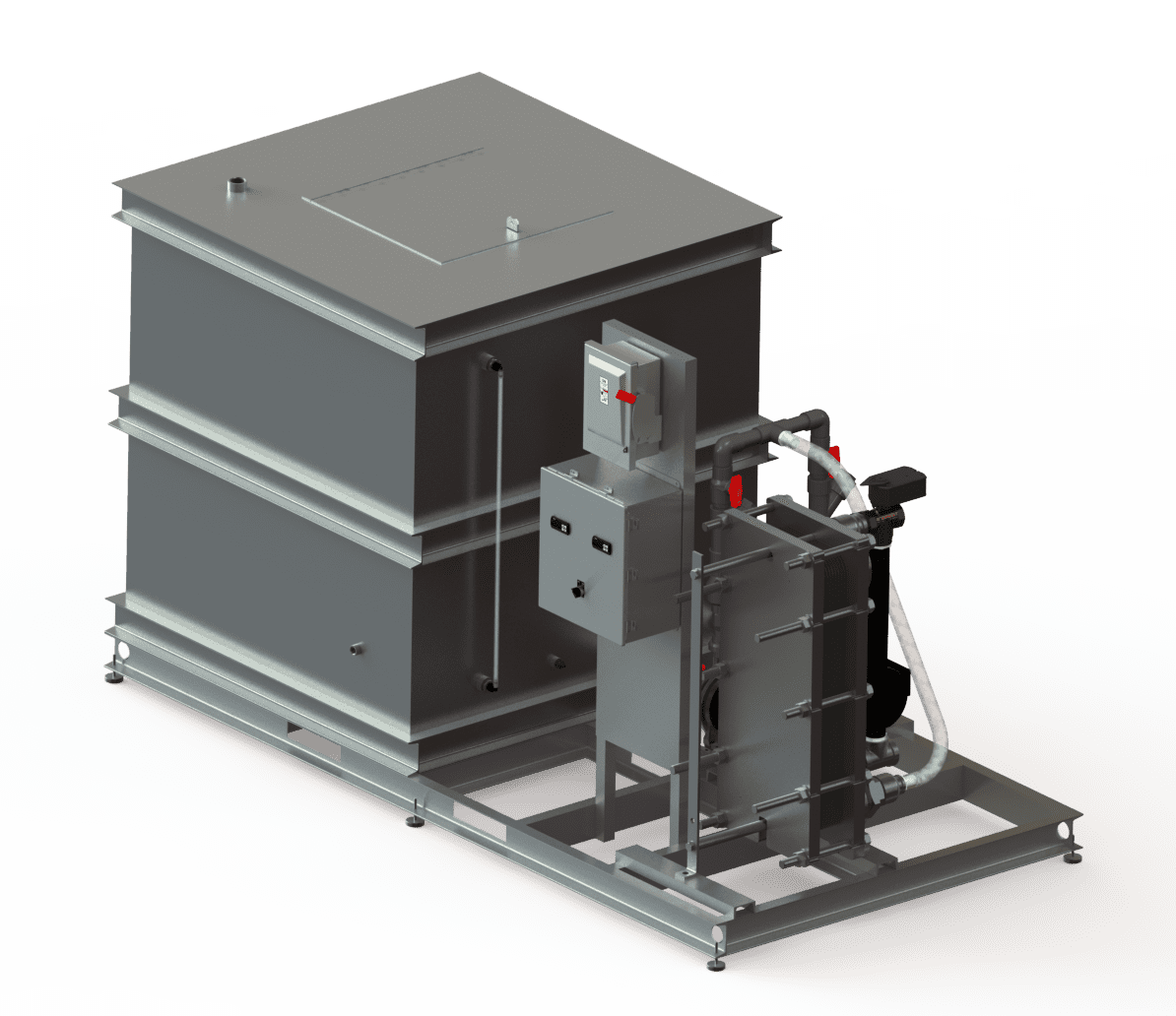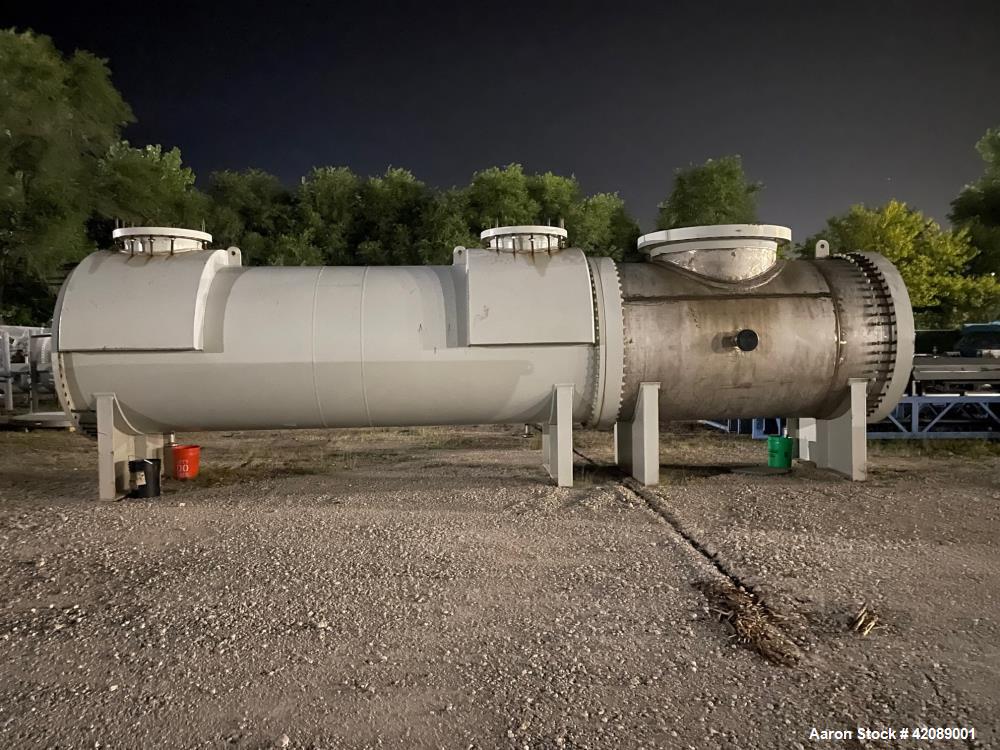A Comprehensive Overview to Selecting the Right Heat Transfer Solutions for Your Needs
Picking the appropriate Heat transfer system is essential for functional performance. Numerous systems satisfy various requirements, influenced by elements such as temperature variety and fluid kind. Understanding the principles behind Heat transfer, such as convection, transmission, and radiation, is crucial. Additionally, assessing power resources and maintenance practices can affect long-term performance. A closer exam of these factors to consider exposes exactly how to tailor a system to certain requirements. What should one prioritize in this complex decision-making procedure?
Understanding Heat Transfer: Secret Concepts and Concepts
Although Heat transfer may feel like a simple idea, it includes a variety of concepts that are basic for reliable system layout. Understanding these principles is crucial for developers and engineers that aim to maximize thermal performance in numerous applications. Transmission, as an example, involves the transfer of Heat with strong products, while convection describes the activity of Heat within liquids. Radiation, an additional essential concept, describes just how Heat can be moved with electromagnetic waves. Each of these devices plays a vital duty in figuring out how power moves within a system. By thoroughly realizing these concepts, professionals can make educated decisions, making certain that Heat transfer systems run successfully and fulfill the specific demands of their applications
Kinds Of Heat Transfer Equipments: A Summary
Understanding the principles of Heat transfer lays the groundwork for discovering the different sorts of Heat transfer systems offered. Heat transfer systems can be classified mostly into three kinds: radiation, convection, and conduction. Transmission includes Heat transfer via strong products, depending on direct get in touch with between bits. Convection, on the other hand, takes place in liquids (liquids and gases) where the activity of the liquid itself assists in Heat transfer. Radiation involves the transfer of Heat via electro-magnetic waves and does not require a medium, permitting it to happen in a vacuum. Each kind of system has unique features and applications, making it necessary for individuals and companies to very carefully evaluate their particular demands when selecting one of the most ideal Heat transfer remedy.
Applications of Heat Transfer Equipments in Various Industries
Heat transfer systems play a vital role across numerous markets, affecting performance and item high quality. In commercial production procedures, they facilitate accurate temperature control, while in food and beverage handling, they assure security and conservation. Additionally, heating and cooling and environment control systems depend heavily on reliable Heat transfer to preserve comfy atmospheres.
Industrial Manufacturing Processes

Countless commercial manufacturing procedures rely greatly on reliable Heat transfer systems to make best use of productivity and enhance product quality. In industries such as metalworking, Heat exchangers play a necessary duty in keeping ideal temperature levels during welding, spreading, and forging. These systems ensure uniform Heat distribution, which is essential for achieving preferred material residential or commercial properties. In the chemical production market, Heat transfer systems assist in accurate temperature level control throughout responses, affecting return and safety and security. Furthermore, in textile production, effective Heat management is necessary for coloring and completing procedures, affecting color consistency and fabric quality. By picking suitable Heat transfer modern technologies, makers can enhance energy performance and decrease functional prices, eventually bring about a more competitive and lasting production setting.
Food and Beverage Handling
Efficient Heat transfer systems are similarly essential in the food and beverage handling market, where keeping optimal temperature levels is critical for food safety and security and quality. These systems play a vital function in processes such as sterilization, food preparation, and pasteurization, guaranteeing that products are risk-free for usage and preserve their nutritional worth. Heat exchangers, as an example, successfully transfer Heat between liquids, enhancing power use while decreasing temperature level changes. Furthermore, refrigeration systems are fundamental for prolonging and protecting subject to spoiling products service life. The choice of Heat transfer special info innovation straight affects functional effectiveness and product stability, making it imperative for food and drink makers to pick the ideal systems tailored to their details handling requirements. This careful selection eventually adds to customer fulfillment and food safety.

Heating And Cooling and Climate Control
While lots of industries rely upon Heat transfer systems for efficiency, A/C (Heating, Air Flow, and A/c) plays a crucial role in maintaining indoor climate control throughout different setups. These systems use Heat transfer concepts to regulate air, temperature, and moisture high quality, guaranteeing comfort and security in residential, business, and industrial settings. Correctly created cooling and heating systems enhance power effectiveness, decrease functional prices, and reduce environmental effect. In business structures, for example, efficient environment control adds to staff member efficiency and client contentment. In industrial applications, a/c systems help preserve ideal problems for equipment operation and item conservation. Choosing the best Heat transfer system is vital for conference particular environment control needs and accomplishing general system performance.
Assessing Power Sources for Heat Transfer Solutions
In examining power resources for Heat transfer systems, a comparison of renewable resource choices and nonrenewable fuel source considerations is necessary. Eco-friendly resources, such as solar and wind, offer lasting alternatives that can minimize ecological influence. On the other hand, nonrenewable fuel sources remain common as a result of their well established infrastructure and power thickness, triggering a mindful evaluation of both options.
Renewable Resource Options

Fossil Gas Factors To Consider
Examining fossil gas factors to consider is essential for the performance and sustainability of Heat transfer systems. Nonrenewable fuel sources, such as gas, oil, and coal, are typical power sources that supply significant Heat result, making them prominent choices for industrial and residential applications. Nonetheless, their ecological effect, including greenhouse gas discharges and source depletion, increases worries. When choosing a warm transfer system, it is essential to assess the schedule, price, and regulatory factors connected with these fuels. Furthermore, the efficiency of fossil fuel systems must be taken into consideration, as higher efficiency can minimize some environmental drawbacks. Eventually, a well balanced approach evaluating performance and sustainability can direct decision-makers towards the most proper Heat transfer remedy for their certain needs.
Aspects to Take Into Consideration When Picking a Heat Transfer System
Picking an appropriate Heat transfer system calls for careful consideration of various elements that can significantly affect performance and performance. One essential element is the operating temperature level array, which dictates the materials and style suitable for the application. Additionally, the sort of fluid used in the system-- whether gas or liquid-- influences Heat transfer efficiency and compatibility. The system's dimension and ability should straighten with the particular requirements of the procedure to avoid inefficiencies. Energy resource availability is also crucial, influencing operating expenses and sustainability. Additionally, the installation setting, including area restrictions and availability for upkeep, plays a considerable duty in system option. Governing conformity and safety criteria need to be taken into consideration to ensure the system fulfills all lawful needs.
Upkeep and Efficiency Optimization for Heat Transfer Solutions
Maintaining Heat transfer systems is necessary for making certain maximum efficiency and longevity. Regular maintenance tasks, such as cleaning Heat exchangers and checking insulation, aid prevent performance losses as a result of fouling and thermal connecting. In addition, keeping an eye on system parameters, including pressure and temperature, enables early detection of anomalies, reducing downtime and pricey repair work. Executing a precautionary upkeep timetable can maximize performance and prolong the life expectancy of elements. Moreover, updating to innovative control systems can improve operational performance by adjusting to varying lots and problems. By prioritizing upkeep and effectiveness optimization, operators can accomplish lowered power usage, lower functional expenses, and improved overall system dependability, eventually leading to far better source usage and an extra lasting procedure.
Future Fads in Heat Transfer Technologies
As sectors progressively focus on sustainability and energy efficiency, future trends in Heat transfer innovations are readied to undertake substantial improvements. Innovations such as advanced materials, including carbon nanotubes and nanofluids, promise improved thermal conductivity and performance. Additionally, the combination of renewable power sources into Heat transfer systems is acquiring momentum, promoting green options. Smart modern technologies, including this contact form IoT sensing units, are anticipated to change monitoring and control, making it possible for real-time data evaluation for optimized performance. The growth of small and modular systems will facilitate simpler setup and upkeep, catering to diverse applications. These improvements suggest a shift towards more sustainable, effective, and versatile Heat transfer services, lining up with international energy objectives and environmental standards.
Regularly Asked Inquiries
What Are the Ecological Influences of Heat Transfer Equipments?
The ecological impacts of Heat transfer systems can consist of greenhouse gas discharges, power intake, straight from the source and prospective thermal contamination. In addition, improper disposal of materials and ineffectiveness can contribute to source depletion and ecosystem disturbance.
Just how Do I Determine the Cost-Effectiveness of a Heat Transfer System?
To determine the cost-effectiveness of a heat transfer system, one need to analyze preliminary costs, operational expenditures, upkeep needs, and power performance, comparing these aspects against the anticipated life-span and performance of the system.
Can Heat Transfer Equipment Be Made Use Of in Residential Settings?
Heat transfer systems can certainly be used in residential settings. They supply reliable heating and cooling down services, making homes extra comfy while potentially decreasing energy costs. Their adaptability allows for different applications in household settings.
What Safety And Security Laws Put On Heat Transfer Solutions?
Security policies for Heat transfer systems typically consist of guidelines on upkeep, installation, and procedure. Compliance with regional building regulations, supplier specs, and sector standards is vital to guarantee secure and effective system performance in numerous applications.
How Do Various Products Affect Heat Transfer Efficiency?

Conduction, for circumstances, involves the transfer of Heat through solid products, while convection refers to the motion of Heat within liquids. Recognizing the principles of Heat transfer lays the groundwork for discovering the numerous kinds of Heat transfer systems readily available. Heat exchangers, for circumstances, efficiently move Heat between fluids, enhancing energy use while decreasing temperature variations. In reviewing power resources for Heat transfer systems, a contrast of renewable power options and fossil gas factors to consider is essential. Steels, such as copper and aluminum, conduct Heat successfully, whereas insulators like rubber and glass slow down Heat flow.